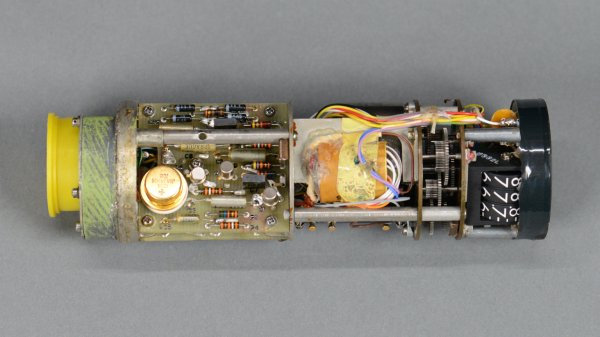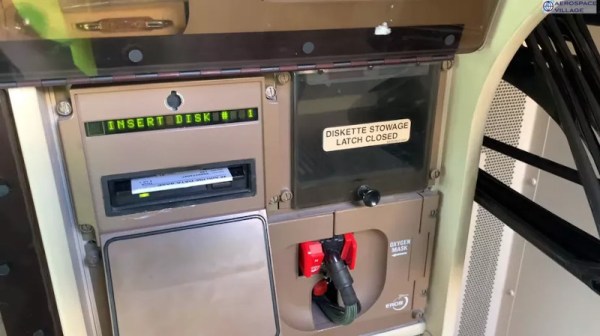It isn’t that often that we civilians get the chance to closely examine the fantastic internals that make up the modern marvels of avionic engineering. Luckily for us, [Glen] got his hands on a 747 fuel gauge and tore it down for our benefit. Not only does he tear it down, but he also builds a controller to display values.
Unlike your typical automotive fuel gauge that reports the distance from the top of the tank to the fuel level, this gauge reports the number of pounds of fuel. The fact that the indicator pictured above can go all the way to 95,000 pounds of fuel hits home the sheer scale of the fuel tanks on a 747 compared to your Volvo. Of course, where this gets interesting is the teardown with the metal sleeve removed. A 400 HZ AC servo motor moves the pointer and counter through the gearing with the help of a feedback potentiometer. The resistance tolerance is only 3%, as there are adjustment knobs on the back. But the linearity spec is only 0.06%, putting this part in a different grade from most pots.
One of the indicators was in worse shape than the others, so [Glen] got to work tapping into the internals of the gauge to drive the motor directly. A custom AC power supply repurposed from another project provided power, and a Raspberry Pi Pico was the PID controller. For [Glen], it isn’t all roses. Unfortunately, a noisy spot around 22,500 prevents accurate placement around there.
The code is up on GitHub, and we love having a gauge on the desk to show whatever value we like. If you are curious about more 747 instruments, this retro control unit might interest you.
















